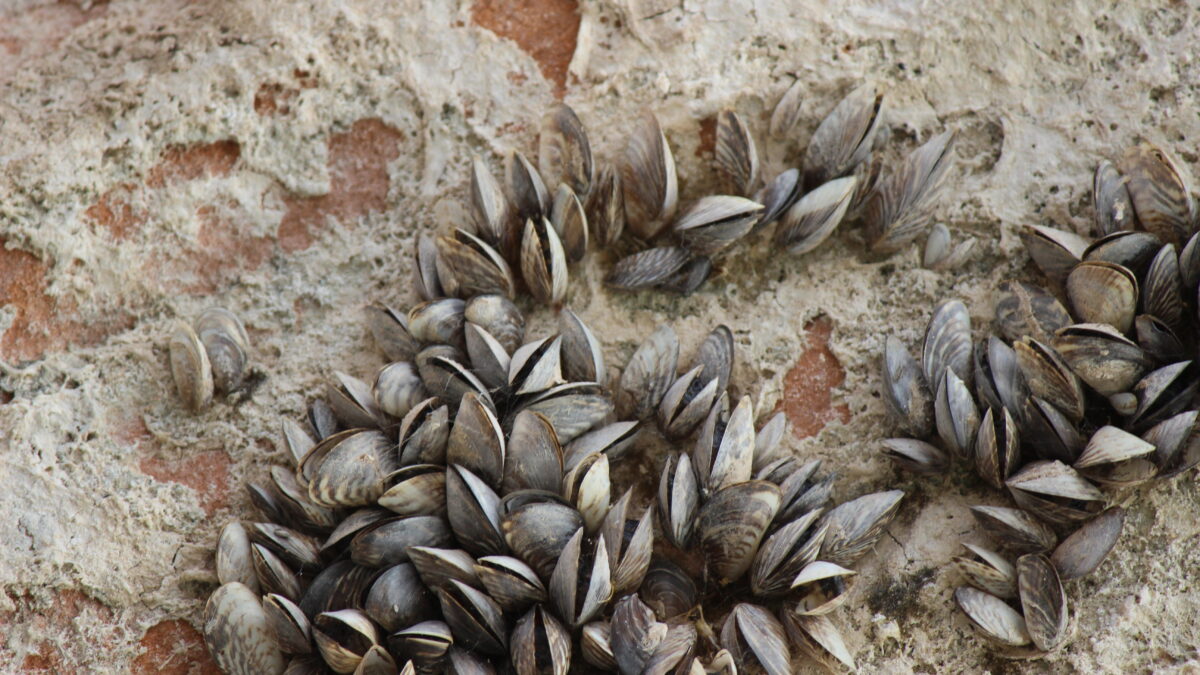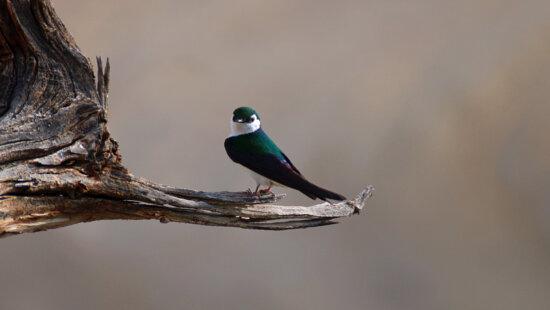Environment
Protect Utah’s lakes from the STD of the Sea: Boaters must follow invasive species rules in 2025

Quagga mussels are small but destructive freshwater mollusks that pose major risks to Utah’s waters and infrastructure. Photo: Utah Division of Wildlife Resources.
SALT LAKE CITY — As temperatures rise and boating season begins, Utah officials are reminding residents and visitors that several requirements remain in place to help prevent the spread of aquatic invasive species across the state’s waterways.
The Utah Division of Wildlife Resources announced that no changes have been made to the aquatic invasive species (AIS) boater regulations for 2025. The rules, which apply to all boaters — including those using paddleboards, kayaks and other nonmotorized watercraft — are the same as in 2024.
Under state law, anyone launching any type of watercraft in Utah must complete an annual mussel-aware boater education course. In addition, individuals with motorized boats must pay an annual AIS vessel enrollment fee, separate from regular boat registration.
The AIS fee is $20 per watercraft for Utah residents and $25 for nonresidents. The course must be completed before payment can be submitted. Once both steps are completed, boaters will receive a current-year decal for their vessel. The AIS fee can be paid online, while the boater registration fee is processed through the Utah Division of Motor Vehicles.
Lt. Bruce Johnson, aquatic invasive species statewide operations officer for the Utah Department of Natural Resources, said the funds generated help support prevention efforts.
“These funds help prevent quagga mussels from spreading from Lake Powell to other Utah waterbodies,” Johnson said. “They also support staff at inspection stations and help fund new decontamination dip tanks across the state.”
Boaters are required to remove drain plugs and sea strainers from watercraft when leaving any waterbody and during transport. All watercraft must be cleaned, drained and dried to help prevent the spread of invasive species, such as quagga mussels and Eurasian watermilfoil.
Special rules apply to watercraft leaving Lake Powell, the only Utah waterbody with confirmed quagga mussels. Boats must undergo an exit inspection during designated hours. Inspections are not the same as decontaminations — watercraft must be professionally decontaminated or meet state-required dry times before launching in a different waterbody.
Dry time requirements vary by season:
- 7 days in summer
- 18 days in spring and fall
- 30 days in winter
Complex boats, such as wakeboard boats, always require a 30-day dry time unless professionally decontaminated by a certified specialist.
Utah operates more than 40 inspection stations and five decontamination dip tanks across the state. Some stations are located at launch ramps, others along highways. Maps and additional resources are available on the STD of the Sea website.
Johnson thanked boaters for their cooperation: “We are so appreciative of all the boaters who are committed to doing their part to prevent the spread of quagga mussels and other aquatic invasive species in Utah.”
The Cost of Invasive Species
Quagga mussels, a small but destructive freshwater mollusk, pose major risks to Utah’s waters and infrastructure:
- They clog water intake pipes and irrigation systems, costing millions to clean and maintain.
- They damage boat engines by fouling cooling systems.
- They disrupt ecosystems by consuming plankton that native fish depend on.
- Their dead shells litter beaches and can cause injuries.
Eurasian watermilfoil, an invasive aquatic plant, is also a concern:
- It grows in thick mats that block sunlight, crowding out native species and harming fish habitats.
- It can clog irrigation pipes and wrap around boat propellers.
- Even a small piece can start a new infestation in a waterbody.
- Removal efforts are extremely costly once established.
The plant has been detected in several Utah lakes and reservoirs, including Bear Lake, Strawberry Reservoir, Fish Lake, Otter Creek Reservoir and Tony Grove Lake, among others.
Boaters should note that the Lake Powell–Bullfrog Local Boater Program has been discontinued in 2025.
For more information about aquatic invasive species and how to comply with regulations, visit stdofthesea.utah.gov.



















